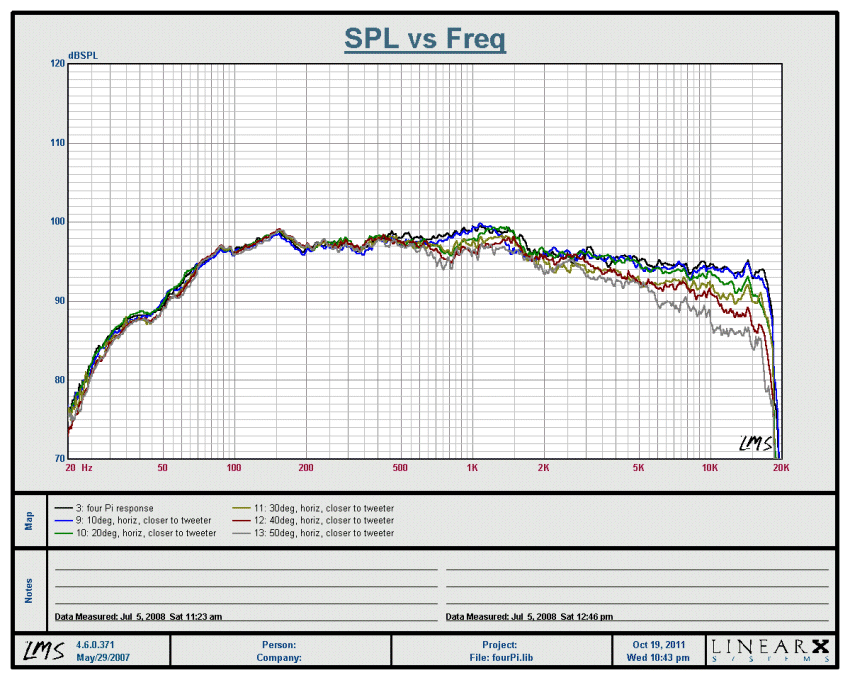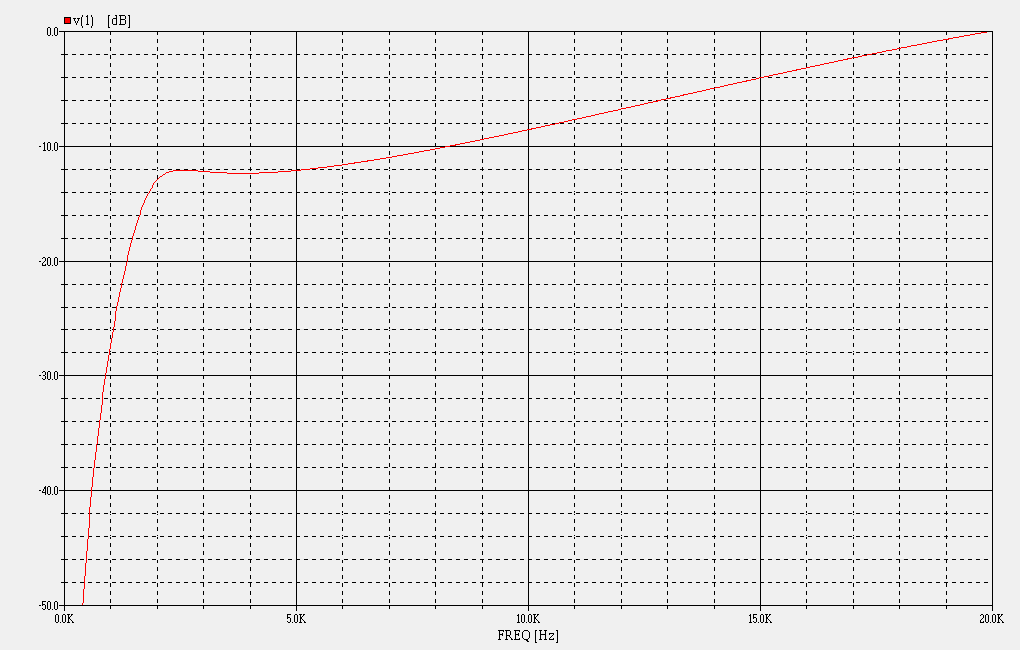Russellc
Addicted Member
Yah I remember that Russ, but I hadn't thought it affected that Extreme top end. :scratch2:
You may be right. I think Skywaves problem with them was a dip just after the cross over point.
Russellc
Yah I remember that Russ, but I hadn't thought it affected that Extreme top end. :scratch2:
Gentlemen!
Here are my pictures. Please count me as an Ewaver!
My R1 and R2 are 5 watters. :stupid: The only resistors that were handy at the time. I am running with eico 14s. They are 14 watts each. And the resistors are cool. But don't worry. I've already ordered replacement resistors. Trust me. They will be beefed up. Way UP!
Hey Andy. Would my enclosures be light enuf to make it darker or more like red? Please help. Other than that, they sound beautiful. Beautiful! I was about to sell my cartridge thinking that it sounded dull. It wasn't my cartridge. Nope!
Skywave. I am gonna try to post some graphs later. My internet is down. I am piggy backing on our neighbor's wifi.
Thanks guys. Really!
Apologies for interrupting the technical aspects of the thread.....
I finally got my waveguides today and installed them quickly into the existing system which now incudes:
- The Selenium D220Ti/JBL waveguide
- JBL 4647A bottom cabinets w/JBL 2226H woofs
- Bi-amped w/Behringer CX4300 xover at about 2kHz w/0.3ms delay on the horns and the CD equalization switched in.
- McIntosh MC-225 tube amp driving the Econowaves
- Hafler DH-200 driving the woofer cabinets
As you can see from the pictures, the original JBL 2380 horn with 2445J large format drivers sitting on the floor are quite a bit bigger and heavier. Plans are to sell some other gear and then recone a set of old 2225 woofers into 2235Hs and add another set of Zilch-plugs into the vents.
I'll let the horns burn in a bit this way while I dink around with the crossover and try to set up my rather simplistic measurement system. That includes an AKG C1000 mic, a Presonus FireStudio audio strip into a laptop running RoomEQWizard, a freeware package to get some of the parameters better matched.
And the fun begins.....
Cheers,
David
DEFINITELY!Nice sounding huh?
I posted a picture a while back. I will try it again. How do you guys post such big pictures? I tried. But it says my file is too large.Post a close-up of that there X-over when you're back online, please.
May be I can. But there is heavy bracing behind the baffle. I will have to do some major work to fit it in.Are you sure waveguide won't fit
There is no single product. It's a DIY design concept.Any picture of the finished product?
No problem.Apologies for interrupting the technical aspects of the thread....
Heh, heh. :guitar:And the fun begins.....
You've got almost all of the requisite pieces.... :thmbsp:I'll take a pair of the Four Pi. Nice!
It's CLIO MLS measurements of the actual filter performance, all eight variants on your chart. Has anyone other than the Zilchster ever done this? Are my results comparable?Oh, I see, very good. I thought those might be from my chart, but wasn't sure if you actually built my networks or simulated them or what.
Perhaps not in your product(s), or not with the driver/waveguide combinations you use, but I've just demonstrated that with a bit of tweaking, they work with E'Wave.I would not use the 6dB or 8dB versions, for the reasons I've stated earlier. There isn't enough padding to remove for top-octave augmentation. There is only half the needed slope. I added the 6dB and 8dB component values to the chart only to show what would be required, for completion's sake.
Tech sheet says they're 14.25" wide, so you're probably good on that part. Waveguide is 6.5" high, and it may not fit the available space without moving the port and filling the cutouts:Hey Zilch, you got any 4412 cabinets for measurement? Would the waveguide fit in the baffle?

Perhaps not in your product(s), or not with the driver/waveguide combinations you use, but I've just demonstrated that with a bit of tweaking, they work with E'Wave.

Geddes tells us that all compression drivers are created equal, but then proceeds to outline why he chooses to use a particular one over all others. From a theoretical perspective, it's convenient (and useful) to define and consider these concepts in generic terms. However, when the "rubber hits the road," detail matters, and in detail, every combination is different; there's an optimum, typically different, solution for each of them.... :yes:

i wouldn't actually recommend compressing the foam if you can help it. A bit of spray adhesive would hold it in place well.
According to Geddes, the entire waveguide must be filled, not just the throat, and thin pieces cannot be stacked or glued to accomplish that. It must be hewn from a single homogenous piece. His are domed, in addition, apparently, as well....I am likely to buy some 1/2 and make a pyramid shape.

Take the pictures at a lower resolution, or resize them to 640 x 480 in your image software before posting.I posted a picture a while back. I will try it again. How do you guys post such big pictures? I tried. But it says my file is too large.
Look at how much smaller the rapid flare of the waveguide becomes behind the baffle; way less clearance is required after merely the baffle thickness.... :yes:May be I can. But there is heavy bracing behind the baffle. I will have to do some major work to fit it in.
According to Geddes, the entire waveguide must be filled, not just the throat, and thin pieces cannot be stacked or glued to accomplish that. It must be hewn from a single homogenous piece. His are domed, in addition, apparently, as well....
80076/2295=34.8915
